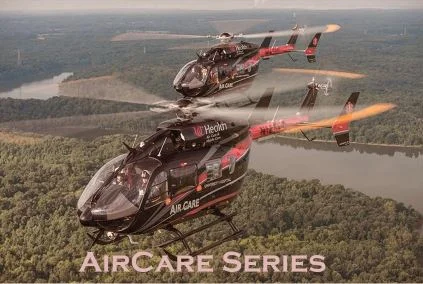Air Care Series: Acute Ischemic Stroke Updates
/The treatment of Acute Ischemic Stroke is a rapidly evolving field with critical care transport medicine playing an increasing role in the treatment of these patients. Dr. Irankunda explores CCTM specific management and historical musts when treating this unique patient population. Dr. Gottula provides a brief review of the literature supporting IV alteplase and endovascular thrombectomy.
Read More


















